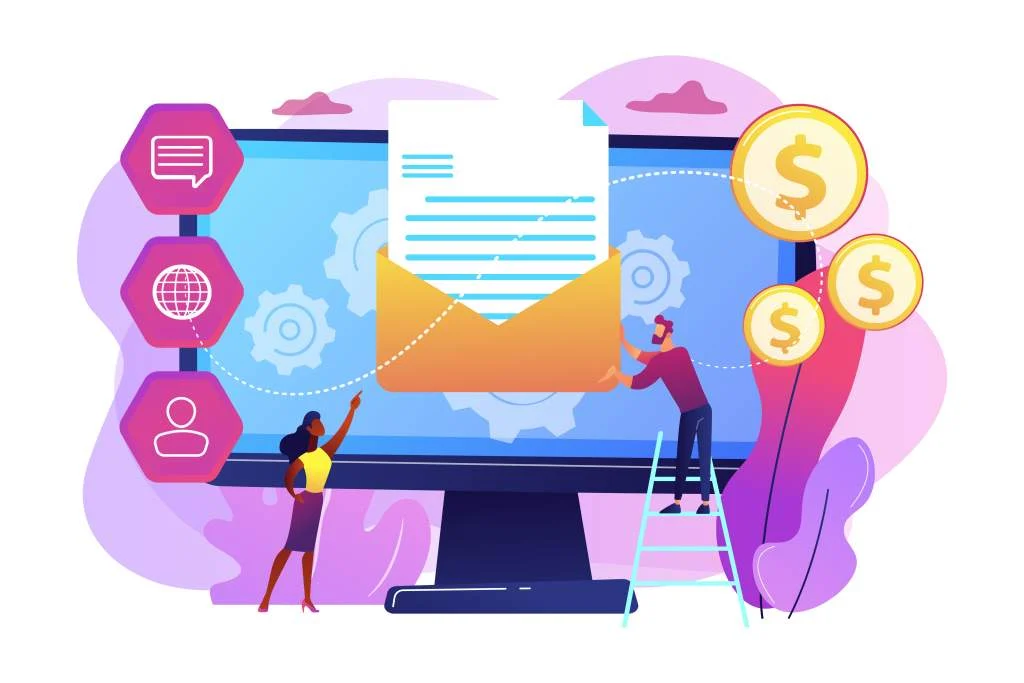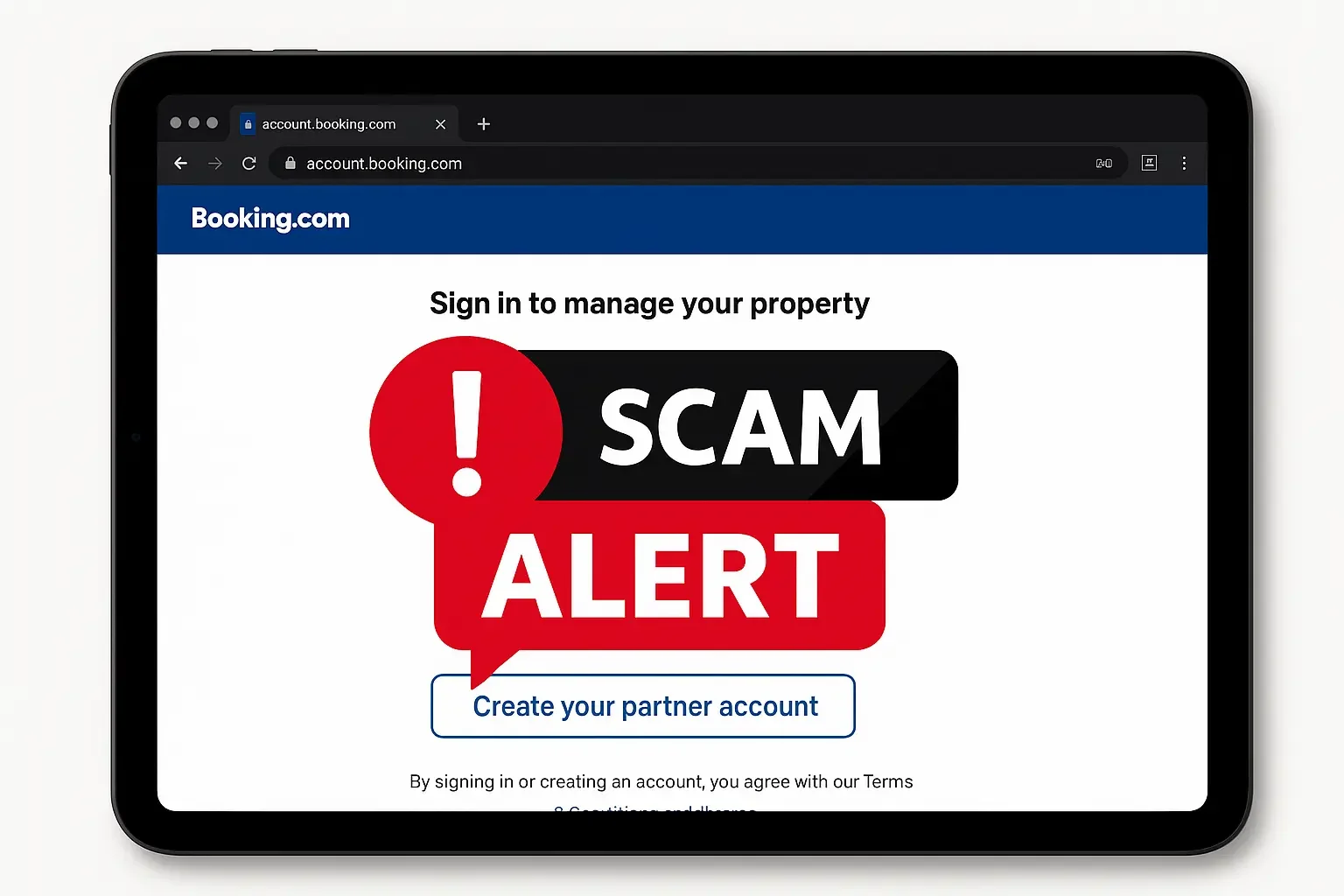
What is POP3?
February 1, 2024
Affordable email hosting
February 4, 2024
Email spam protection
Spam email, also known as junk email, spam mail, or spam for short, is the sending of information, usually by bots or computer programs, that did not receive the demand or permission from the recipient group without intention or prior agreement from the recipient. This usually involves sending advertisements or unrelated marketing messages, announcements, or messages that are not relevant to the needs or interests of the recipient. This problem is an important part of implementing email spam protection and building credibility in all email communications.
The importance of preventing spam
Spam protection is very important in the online world. It affects many aspects as follows:
- Data Security: Email spam often spreads malware or viruses that may compromise personal or business information that has been used without permission. Spam protection can help reduce the risk in this area.
- Work efficiency: Reducing email spam volume helps users who receive emails. There is an opportunity to highlight and reply to important emails, making work more manageable.
- Email Reliability: Reducing spam helps increase the reliability of email communications, both in business and personal settings. This gives the recipient the confidence to respond or conduct online transactions.
- Save resources: Reducing spam helps reduce the use of email system resources. It makes the system work more efficiently and saves resources on both the server and users.
- Business Management: Unnecessary Spam can put the business at risk of losing customers. Reducing spam helps in creating a good image for customers and supports business management in the right direction.
Spam tricks
Common spam techniques include the following:
- Bulk: Conventional spamming involves sending large volumes of email at once to lists pulled from zip codes or email databases.
- Use of computer programs: Spamming is sometimes created by automated computer programs to create unauthorized messages or posts.
- Imitation: Some email spam uses impersonations of business emails or poetry to trick recipients into opening them.
- Alphabetization: Using informal letters or symbols to avoid detection by anti-spam systems.
- Using evasion techniques: Changing the structure of text or links to avoid detection.
- Proxies: Using programs or services to hide the identity of spammers.
Fighting Spam requires advanced technology and comprehensive analysis to prevent the receipt of spam in the email system and throughout the entire online world.



